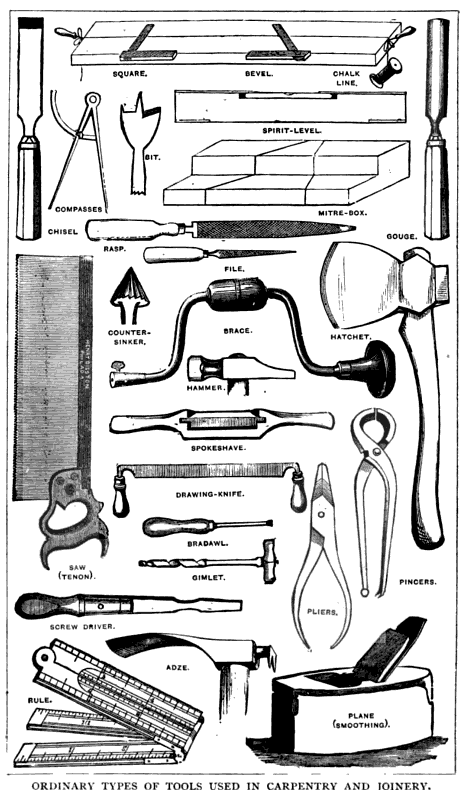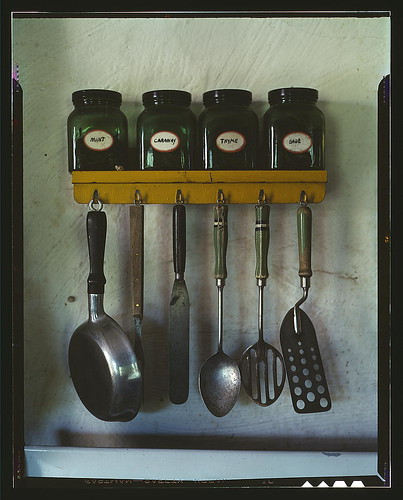“How do I make this?â€
It’s the question faced by the props artisan on a daily basis. Whether you work in theatre, television, or film, you will be asked to build an infinite variety of objects for an infinite variety of uses. Props are found in many other places as well, such as advertising, photography shoots, commercial displays and exhibitions. You may also wish to build props for your own personal uses, such as holiday decoration or hobbies. Whatever your reason, you are reading this because you want to know how to build anything and everything.
Sometimes the answers are self-evident. If the scenic designer wants a wooden chair, you build a chair out of wood. But what if the director wants the chair to be broken during every performance? What if the designer wants a prop from a historical period where the techniques and materials used are no longer available to us? Most commonly, what if the production calls for props which have no counterpart in the real world?
The men and women who build props come from the most diverse backgrounds imaginable, and are skilled in an endless number of techniques and processes. They approach the construction of a prop from a variety of angles, honed over years of experience and trial-and-error. The “why†of props construction is often based on which materials they are most comfortable using, or by asking questions from those who have been in the business longer than they.
Is there a way to more clearly define this approach? Is there a “scientific methodâ€, as it were, to apply to every prop whose construction is not self-evident?
If you have any time over this Thanksgiving, leave a comment with any insights on your own process; what informs your decision on how to construct a prop?


